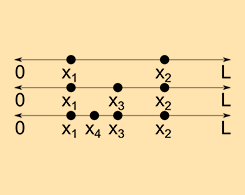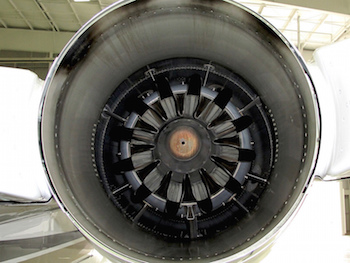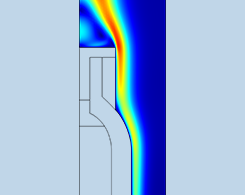Search Results

Sampling Random Numbers from Probability Distribution Functions
Get a comprehensive background on probability distribution functions and the different ways you can sample random numbers from them in COMSOL Multiphysics®. Part 1 of a series on beam physics.

Improved Functionality and Tips for Importing STL and NASTRAN® Files
Learn how to import STL files originating from 3D scan sources and meshes in the NASTRAN® file format, as well as how to prepare them for analysis in COMSOL Multiphysics®.

New Reacting Flow Multiphysics Interface Delivers Greater Flexibility
Get an introduction to the Reacting Flow interface, which can be used to simulate fluid flow and reactions in gases and liquids in COMSOL Multiphysics®.

Rotordynamics Fosters the Design of Reliable Rotating Machines
Rotating machinery is an important element in many structures. The analysis of rotating machinery, rotordynamics, can help engineers reduce noise and vibrations in many areas of technology.

How to Reuse a Deformed Shape as a Geometry Input
Let’s say you deform a shape in your model (say, by applying a mechanical load to a thin piece of metal) and want to use this deformed object as part of a new geometry construction. How?

Celebrating the Life of Leon Theremin
The theremin is the first portable electronic instrument to be mass produced. It is also the only instrument that can be played without being touched. Learn about its inventor here.

How to Model Electrochemical Resistance and Capacitance
Get an overview of the theory and modeling considerations for resistive and capacitive effects, which are fundamental to the understanding of electrochemical systems.

Compressibility Options and Buoyancy Forces for Flow Simulations
Here, we cover the various formulations for fluid flow equations in COMSOL Multiphysics® and when it’s best to use each option.
